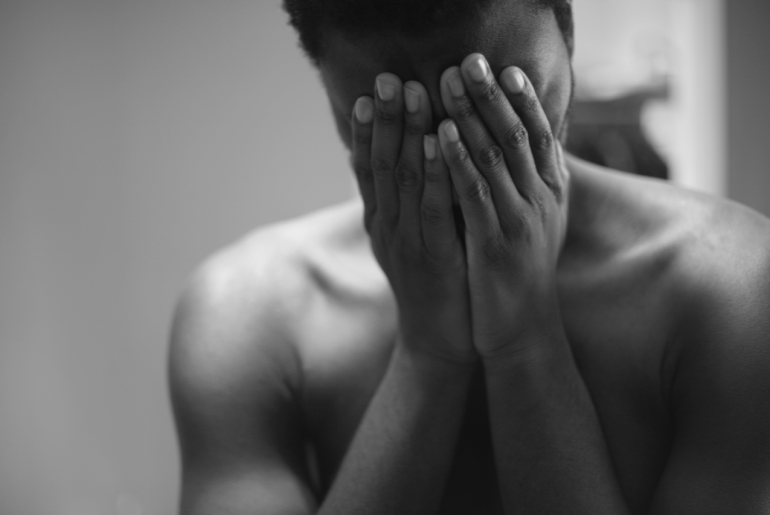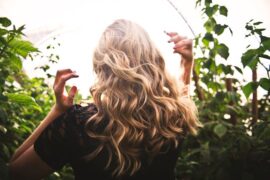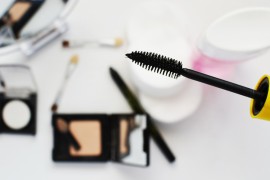Have you ever wonder who keeps making the “ahchoo” sounds? And unfortunately you discover it is your kids, vigorously committed to keeping the sound playing, taking turns after each other. Right here you minds start deliberating on what exactly it might be. You check your options, this is cold because the symptom are quite obvious right? The kids are sneezing, having running nose and congestion as it appear. There you make a verdict that the weather change has brought the cold. However, if this keeps happening exactly the same time of the year then you know it not just cold, it is something else called seasonal allergy.
This is sometimes known as hay fever, some others prefer to refer to it has seasonal allergic rhinitis. This according to its name implies that it occurs at certain time of the year. This is mostly coincidental to the period when the outdoor mold (tiny fungi related to mushroom) release their spouse, yeah! When plants are tree want to pollinate themselves, i.e. grasses, tree and weeds want to fertilize other plants by their release of the small pollens (tiny grain need to fertilize different kinds of plants) particles.
Statistics shows that about 36 million Americans have the tendency to have seasonal allergies. The allergic reaction you see on people who have this allergies to mold and pollens is due to the chemical their bodies release to defend themselves from an incoming invader. Their bodies treat these molds and pollens as invader, so automatically secrete a hormone called histamine directly in the bloodstream in order to defend the body. This is hormone secreted causes the allergic symptoms you observe on them.
Effects of weather and location
Hay fever depends on the period of fertilization of plants as said above. This which do not take place during periods such as rainy, cloudy and windless days. Pollens need the wind to transport them from one place to another. So season allergies happens during hot, windy and dry weather. However, a popular notation that changing environment helps reduce or prevent seasonal allergies. Well, its sounds a little bit true provided where you are heading to have no trees, leafs, or grasses. Which likely not possible. Changing environment do not help you escaped hay fever, you will only expose yourself to new allergies.
Different location have different time for pollen seasons. For instance, in western United States, the pollen season occurs during December to march, which mainly due to mountain cedar while in Arid Southwest, grasses pollinate for longer which can be from early spring to late fall. So there is high possibility that one may suffer from more than one pollen allergies.
Age Range
Seasonal allergies normally does not respect age, it usually begin to manifest during age about 10 – 20 years old. During adulthood one will begin to observe a fading symptoms.
Symptoms
Care is to be taken in deciding if what you are experience is actually cold or seasonal allergies. All you what to do is notice and pin-point when exactly you do have the same symptoms, if this symptoms persist same time every year then you know its seasonal allergies. This always tends to be as long as you are still exposed to the invaders. This is not properly attended to can lead to Asthma. The symptoms can include:
- sneezing
- nasal congestion
- coughing
- itchy nose and/or throat
- itchy skin
- clear, runny nose
- red and watery eyes
Diagnoses
This pretty much easy to do, as long as you notice a periodic occurrence of the above symptoms. If two or more of the symptoms keeps appearing certain period of the year then it is probably seasonal allergies. Then you might go see a doctor (allergist), who will determine was causing the seasonal allergies by doing a skin test to see if the skin contains a hormone called eosinophils. This test is of two types:
Skin prick test: this is done by placing an allergen which has been purified will be placed on the skin of the patient, which is then picked up by a needle, if he reacts i.e. his skin get swollen and red. This allergen is positive (cause of the hay fever).
Allergen-specific immunoglobulin (IgE) test: this is done if the skin prick test fails. Therefore the blood is withdrawn and tested to see the proper cause of the hay fever.
NATURAL TREATMENTS
Treating hay fever can be simple and complex, depending on the kid. Some kids hay fever can be cured simply by identifying the allergens which might be difficult at times, once discovered can be cured by simple natural remedies as this:
- Make sure windows are closed at night
- Also try using air condition which purifies the air you and the kids will be breathing in.
- Make sure you stay away from jobs like clearing the lawns, raking leaves and other grass related jobs.
- Don’t hang your laundries outside, pollens might stick to it.
- Also remove clothes you worn outside, shower when you get inside.
So when next you hear the “ahchoo” sound, you know what next to do. Right?










Comments are closed.